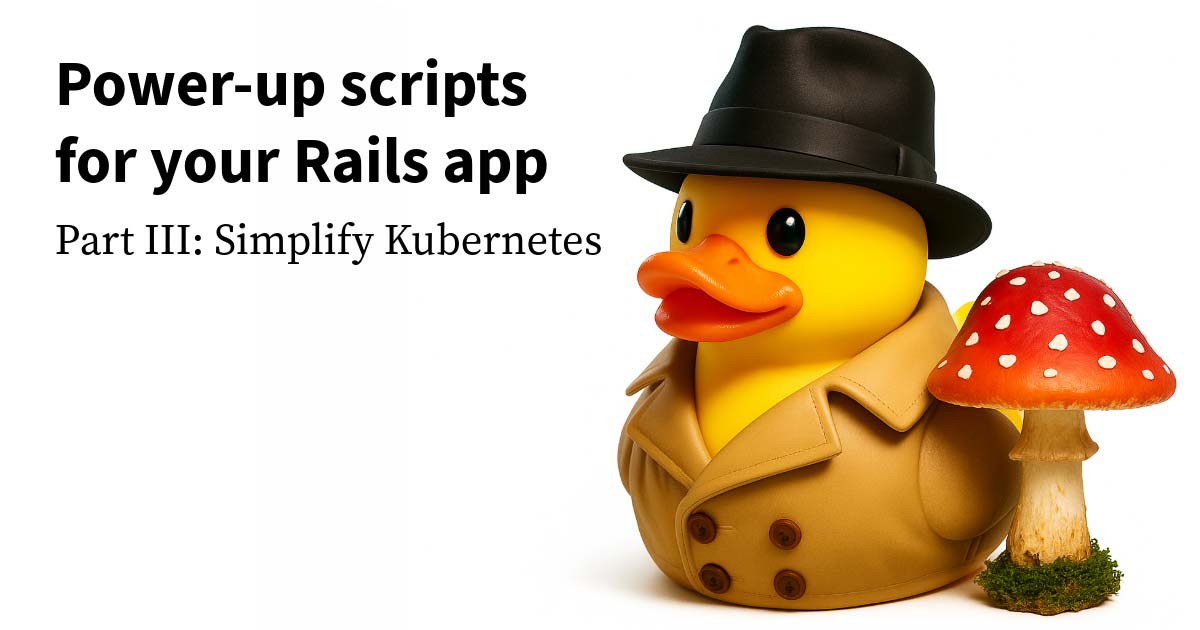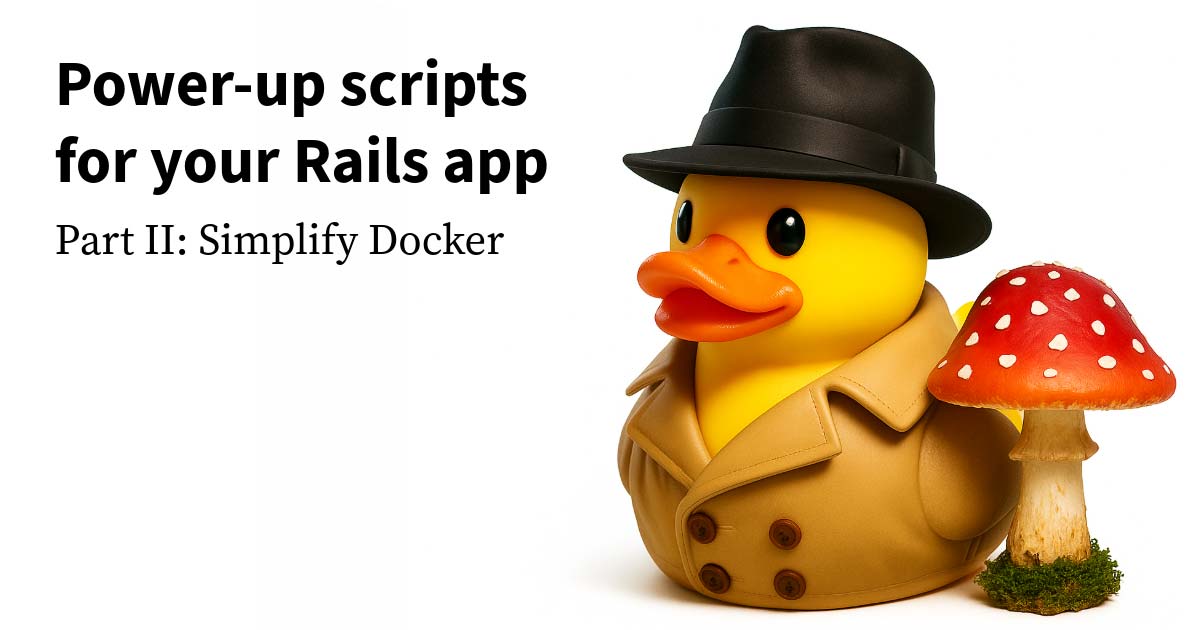The opposite of love is not hate, it's indifference. The opposite of art is not ugliness, it's indifference. The opposite of faith is not heresy, it's indifference. And the opposite of life is not death, it's indifference. — Elie Wiesel
Whether considered luck or a curse we've surely inherited interesting times. I'm sure many of you, like me, often wonder what, if anything, you can do to help.
In the past few years, I've volunteered some consulting time with a number of small nonprofit groups in my town which led me to gain some insight into how they produce change.
I'd like to share some of what I learned in the hope that it may motivate and empower you to make real change. This brief list of tools and ideas is geared toward tech savvy folks who have a full time job, family, or who are basically not a full time activist and therefore have limited time. It's also geared toward smaller organizations, though many of the tools will be useful for larger ones as well.
The actionable suggestions below tend to use older, established technology that in almost all cases is either free or significantly discounted for nonprofit organizations and require little maintenance so as to minimize your time commitment.
While this article is called "Activism for developers," most solutions listed below require little to no coding experience. The aim is to maximize impact with only a few hours a week and to generate 80% of the impact with 20% of the effort.
Real change comes from organization
Big change may have its roots in the seed of an idea or an experienced injustice, but to realize change, organization is critical. Software lends itself to logistics and organization so this is a good fit for a developer's skill set. This is a brief playbook of common tools and some basic strategy to help impact your group.
Brief note on 501(c)(3) status: If you get involved with a cause and are in the US, I highly recommend you partner with a group that has a 501(c)(3) status. This opens access to lots of free and heavily discounted software.
The email list
If I had to pick the most important component of organizing it would be managing and growing your email list. Email is a direct line of communication from you to your audience. It's virtually instantaneous, cheap to produce, cheap to send, accessible to almost everyone, and will almost always have the highest conversion rates. Perhaps most importantly, this is a channel that you own as an organization. You won't have to worry about a third party standing in between you and your message. When crafting messages across different channels, funneling readers to your email list is the best and most reliable way to keep them informed.
Email tools
- Mailchimp
- They're free for up to 2,000 contacts
- For up to 100,000 contacts it costs $14.99 (15% off if you're a nonprofit)
- Very intuitive interface. This is important because you can empower non-technical folks to write their own email, saving you time
- Allows basic segmentation of audience which is good enough for most smaller organizations
- Sendy
- Better suited for large lists
- More expensive in terms of dev resources. Have to set up and maintain the software
- One-time $59 fee to use
- Uses AWS to send emails, so once it's set up it's very cheap to use
- Allows basic segmentation of audience which is good enough for most smaller organizations
The website
Most websites for nonprofits generally have a few main purposes:
- Disseminate information
- Collect donations
- Have a contact form
- Funnel interested visitors into the email list
A few may have some additional CRUD functionality but it's usually pretty basic.
Most nonprofits I've worked with already have a website, but it tends to be a significant cost to them. It's not unusual for small, bootstrapped organizations to be paying between $1000-$5000 a year for a hosted Wordpress site plus managed updates. It's also not unusual for their website to be responsible for 1-5% of their budget.
Hosting and managing a nonprofit's website is a great way to have a big impact with minimal cost. I like using Wordpress for these because it generally provides most of what is needed out of the box, and the required plugins tend to be old and established. Because Wordpress is ubiquitous, oftentimes staffers already have experience with it and there are plenty of turnkey themes you can install to get up and running quickly and cheaply.
Website tools
- Wordpress
- Free
- Non-technical users can use it and pick it up quickly
- Lots of free themes, support, and plugins
- Low maintenance (assuming you minimize dependencies—be careful of the allure of adding tons of plugins)
- You own it. No third party surprises
- Good out of box SEO
- Flywheel
- Makes managing multiple Wordpress sites super easy
- Allows for auto updating Wordpress installs
- Offers nonprofit discount
- Has software to pull Wordpress install off of production and run it in a VM locally for development
- Push button SSL
Other media
To grow your cause, we can't ignore other media. Writing and managing content is essential, but also difficult and time-consuming. With the groups I work with, I typically defer creating content but offer the following basic content strategies.
Facebook and Instagram are very important but they restrict your audience unless you open your wallet. For small nonprofits I recommend pasting a link to the content on the website so they get a teaser in the preview and go to your site for the full article. Ideally, once on the website, the visitor will sign up to your email list. Selectively boost (advertise) important posts that will share well or are critical to the cause (like mobilizing before an important vote). As an organization grows, more resources can be dedicated toward Facebook and Instagram. But for smaller organizations the resources needed to operate their advertising platform effectively can be costly. Lastly, you'll want to give little weight to impressions and views. To measure success on these platforms one must measure tangible outcomes like email signups or dollars donated.
The local newspaper is great and often welcomes editorials and event listings. Develop relationships with your paper owners, editors, and reporters. Push them events and important press releases. Always include your website address.
Local radio and TV are surprisingly accessible and willing to broadcast events and newsworthy press releases.
Ideally you'd push updates and events to all these platforms. However, these platforms should be used to not only get your message out, but to funnel people to the website where the website will funnel them into the email list. Always be growing that email list.
Logistics tooling
As a developer there are a number of software tools and services that can be implemented in an organization and can have a large impact with minimal cost of time and money.
Google for Nonprofits
As a registered 501(c)(3) you can apply to Google's nonprofit program. You'll need your organization's EIN, address, and phone number to confirm your organization. Once confirmed you'll have access to Google's full business suite of tools. This includes:
- Gmail - This is business class so you can use your own domain and set up accounts for staff
- Docs
- Calendar
- Drive
- Meet
- Premium YouTube features
- Google Earth and Maps credit
As a nonprofit you may also apply for a $10,000 advertising grant in AdWords.
Setting this up takes only a few hours of active time but provides fundamental business software. If the organization was previously paying for similar software, that budget is now freed up. Storing documents in the cloud also makes for easier collaboration and is safer from unexpected data loss.
- Alternatives to Google Docs include a Microsoft Office subscription through Techsoup or the open source LibreOffice
- Alternatives to Gmail include Fastmail. They're reasonably priced and the service is excellent. There's also a 20% discount for nonprofits
Linux for desktop
Organizations that I've worked with often spend significant time having their Windows machines cleaned or spend money getting updates. With more and more software moving to the cloud and cross-OS compilation becoming more mainstream, Linux desktop offerings are becoming viable alternatives that save budget and time. There are groups I've worked with that embraced Linux as their desktop OS and were able to save budget. I wouldn't say this is yet viable for all organizations, but something to consider for small ones with a staff that embrace change well.
Techsoup
Free for nonprofits, signing up for Techsoup gives you access to loads of paid software for free or at a heavily discounted rate. Microsoft Office, Adobe Creative Cloud, QuickBooks, and lots of others are available through Techsoup. They also have discounted refurbished hardware and lots of information about using tech to help advance your cause.
Tool selection
When you volunteer and set up tooling, you'll inevitably become the point person for solving problems and fixing things when they break. Like any other dependency, you want to choose tooling that is well established and that non-technical staff can handle as much as possible so that you're not bogged down in maintenance and education.
Summary
Donating your time in service of society is a rewarding experience. In a time of such uncertainty and injustice, it's a form of logo therapy. You'll likely come out of the ordeal feeling better and having gained some valuable experience. You'll also likely form new relationships and meet new friends at a time in your life when that can be tricky.
As a developer there are ample opportunities to have a real impact in advancing causes you care about without sacrificing a large chunk of time. With the given economic downturn, lots of nonprofits are hurting financially, and leveraging open source software and their nonprofit status optimally can have a big impact on their small budgets. For those unsure where to start, the above list offers some suggestions of high impact areas that do not require a large time or cost commitment.
We're living in a time of change and uncertainty. As developers, managing change and uncertainty is our job. This is an opportunity for us to make a difference.











